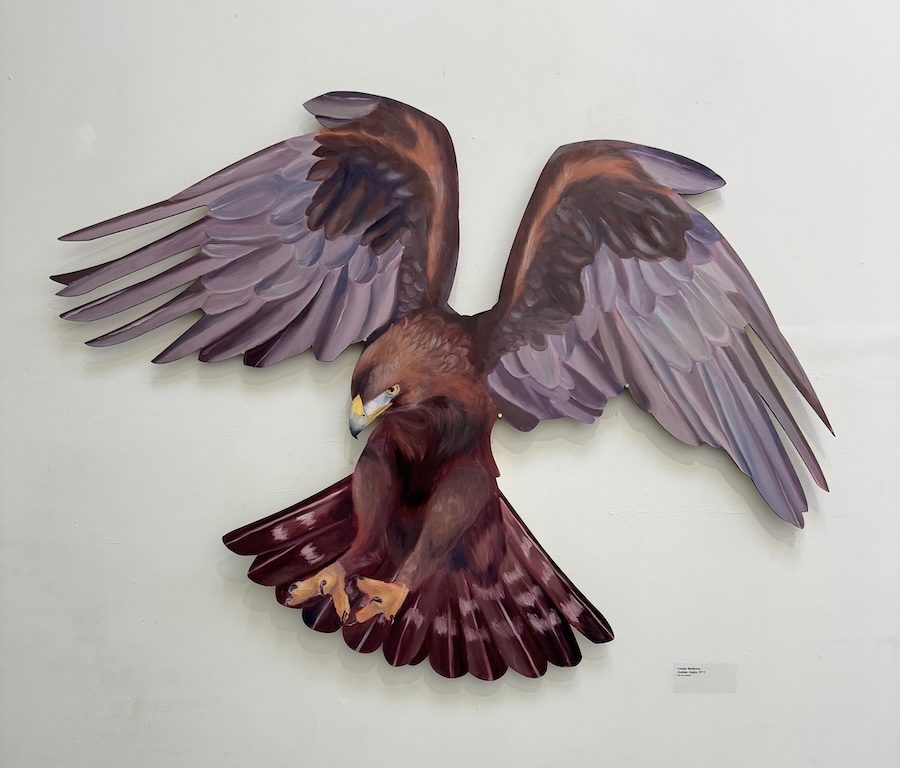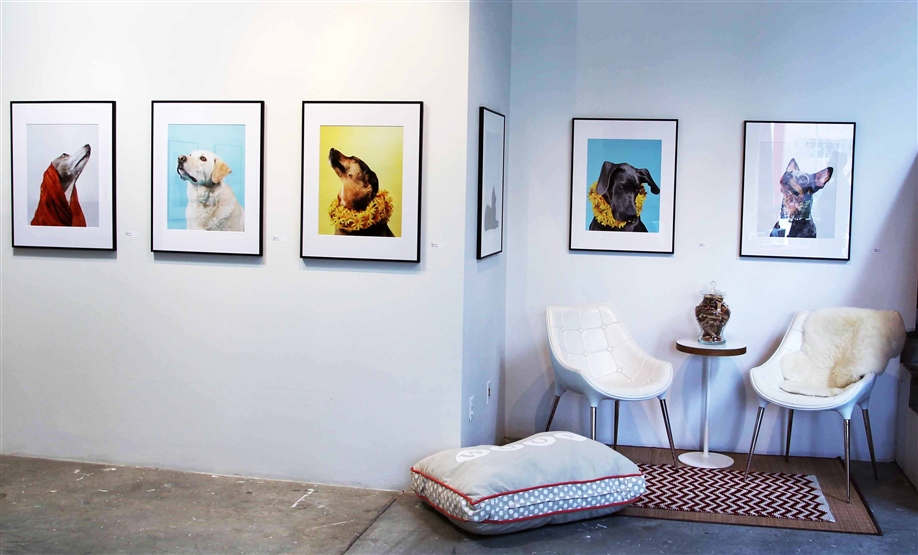2020 BFA Graduating Exhibition – Any Moment
Students have been working hard to create a body of original and engaging works.
The graduation show includes a wide variety of artists’ works including sculpture, photography, drawing, painting, digital media and printmaking.
Due to the current situation with COVID 19, the BFA Graduating Exhibition, Any Moment was an online platform but artist statements along with images of their work can be seen here.
Aiden de Vin
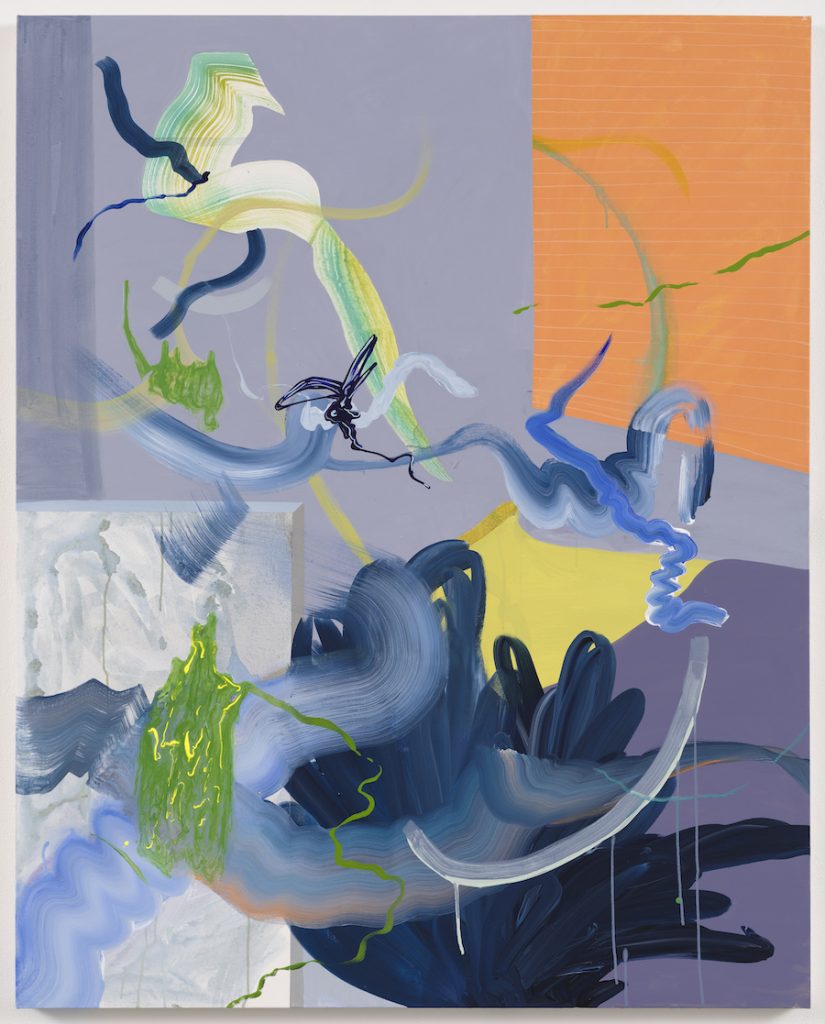
As a painter I use mark making to explore memories and emotions associated with place. The gestural brushstrokes in my paintings aim to represent memories of specific people, conversations and feelings. The architectural spaces in the paintings reference various nooks and corners from my home environment.
Movement is a key feature in these paintings as our emotions and memories can live within domestic spaces. Memories also accumulate within domestic spaces, each building upon another in the same way that brushstrokes and colour build layers and atmosphere in a painting. For example, I Called Him Crying Then Brushed My Teeth references mundane moments of getting ready intertwined with heartbreak and loss as each was felt within the same walls. Colour allows for an entrance into emotion in these works. Paint provides me with a way to explore how memories both build and break down the spaces in which we exist.
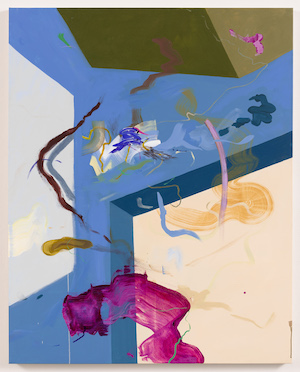
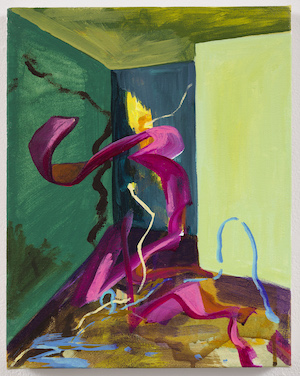
Angela Gmeinweser
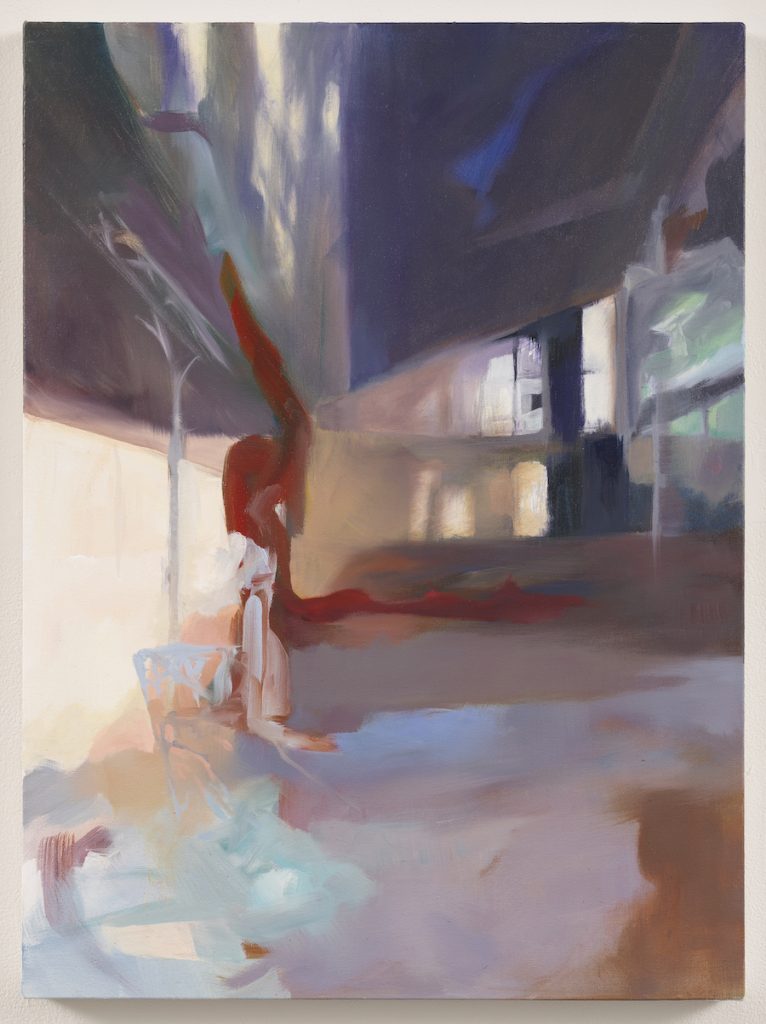
While living in Toulouse, France, on an exchange last year, I was often overwhelmed by the amount of information in the streets and places I visited. The “Gilets Jaunes” protests were taking place near my apartment and the streets were animated by shoppers, protesters, sounds of tear gas, and music. It was sometimes hard to make sense of these situations as a cultural outsider. The experience made me reflect on what I noticed and why, and question the meaning I assigned to what I observed. In my current practice I continue to be interested in questioning the relationship between people and spaces.
In my paintings I explore a combination of recognizable and abstracted forms while my sculptures combine found objects or audio within architectural spaces. I often transfer the same idea between painting and sculpture to better understand the possibilities held within a space. My most recent work, Chamber, references my travels through France with a friend from the Appalachian region of the United States. She would sing songs she learned in her childhood in resonant spaces we happened upon. The sculpture combines shapes of Gothic architecture and the British/Appalachian song, “Pretty Saro”, to create an experience of disparate elements converging and completing each other.
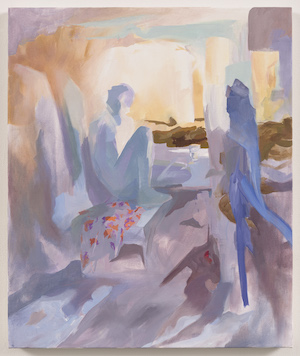
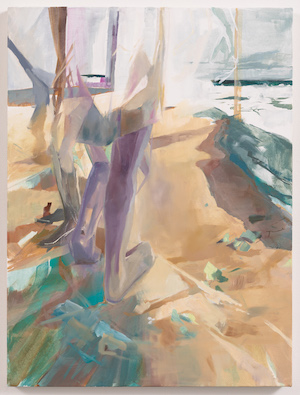
Bailey Ennig
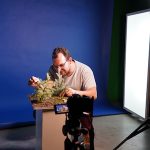
Nostalgia explores an experience from my childhood through animation and narrative. This animation depicts my internal process of dealing with an emotionally abusive situation at elementary school. The result of this abuse was self-isolation, mostly at home or a nearby forest.
The setting of this animation is constructed from objects that reference the forest and my childhood home. The animation and audio is installed in a space that is reminiscent of my basement living room where I spent hours watching movies and playing video games.
The animation transitions between the forest and the basement through a process that involved compositing photographs of two constructed dioramas. This work captures my retreat into myself and my imagination as a vulnerable child.

Barb Dawson
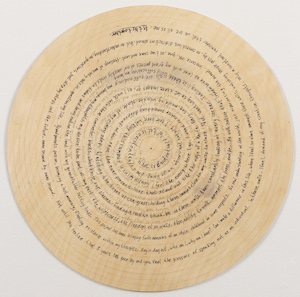
My art practice focuses on memories of my elders in the Yukon. Those elders who passed on still occupy my thoughts. I think about the time they were here and how they lived traditionally within the ways of the Taku River Tlingits.
I look for direction from these elders, even now when they exist in another spiritual plane. I replay my memories and I contemplate their actions. Observing my grandfather with his drum, my grandmother with her stories, and two old ladies scraping a moose hide in the bush. These elders practiced the values passed down to them, and they hoped to pass these values onto their grandchildren. Some of these ways are a lost art, now more story now than practice, but I was listening and learning. Even though these elders are not here with me, I constantly refer to my memories of them when I need guidance.
My Grandfather George Dawson always spoke of his Great Grand-Uncle, and I remember how emotional he got when he thought people were not following the traditions of dancing and drumming. I remember the story of my Great Grandfather Chief Taku Jack telling the government agent that he had no land to give him, because it already belonged to his people. I remember my Grandmother sharing her stories, stories that were passed down to her from her Mother and Aunties. Old stories from long ago. These are the memories I explore in my artwork.
I want people to be curious about how these elders lived so that we can talk about these traditions again. I make it a daily habit to encourage myself and others to remember. My second cousin did not even know who her Great Grandparents were. I shared my images of them with her, she now knows who George and Rachel Dawson are. Small victories in cultural revival.
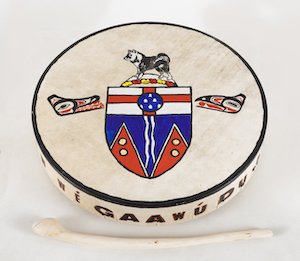
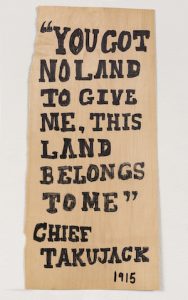
Brock Gratz
In this series of illustrations, I reference human history in order to create tangible fictional narratives about the future. Death is the main theme in these stories because I fear death and experience intrusive thoughts about my own death and the death of loved ones. This fear has motivated me to look into some of the cultural practices around death such as ancient funerary practices and memorials. At the same time, I also explore the possibilities for our future immortality through technology. I explore how non-human beings could one day become vessels for our spirits, memories and feelings. I’ve chosen to format this work in the style of a serial comic book because of the link between comic books and hieroglyphs, wall reliefs and scroll paintings.
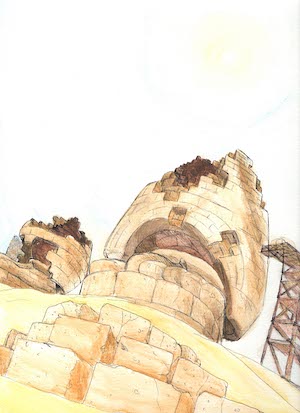
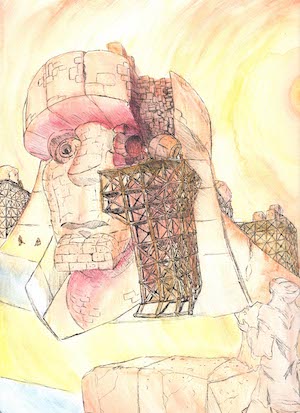
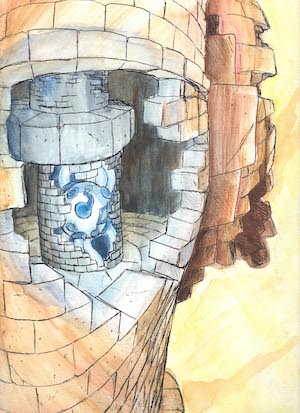
Cassie Mckenzie
Rediscovery is a familial love letter to my Abuela (Grandmother). When my family immigrated from Peru, they erased their identity in order to blend in with their new country. As the granddaughter of these immigrants, I rediscovered my Peruvian heritage by talking with my Abuela.
This short film is a metaphorical exploration of this slow dawning of cultural knowledge and the comfort taken from finally understanding these parts of myself that were previously unknown to me. The journey is told simply by the images of a pre-dawn expedition across an expanse of water, leading to a representation of culture in an unexplored space. The trip is not frightening or dangerous – it is one of self-discovery and deep love of family.
Despite the fact that my Peruvian and Uruguayan heritage was suppressed upon my family’s move to Canada, my Abuela now links the past and present together with what she remembers from her childhood. Chaska is the Peruvian goddess of love and dawn. My Abuela speaks of Chaska often, as her friend sculpting Chaska from stone is one of her fondest memories from her childhood. Chaska’s domain of rising sun and love fits this short film’s purpose of dawning cultural knowledge and love. The talisman of Chaska in the girl’s possession is in my Abuela’s image, representing my connection to my culture as the connection I have with my Abuela.
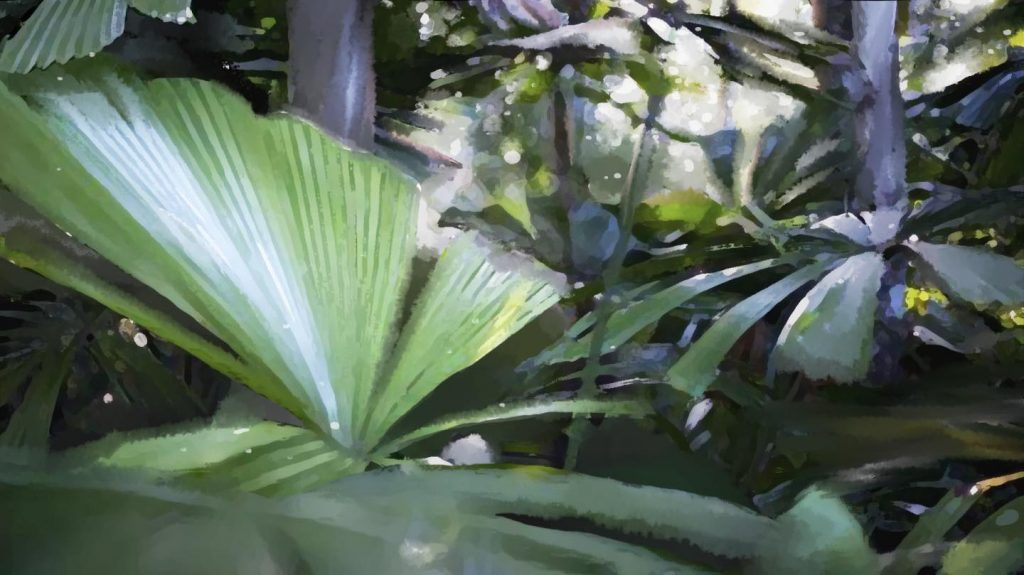
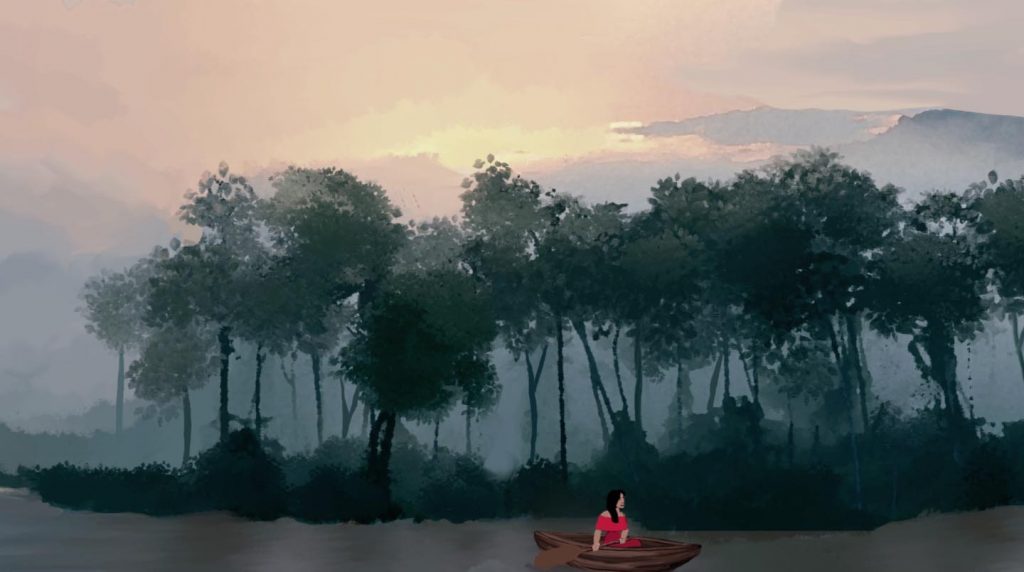
Eclipse Galloway
Growing up surrounded by the forest has left me with a fascination for the intricacies of nature. The forest radiates a feeling of density because of the magnitude of life present in this environment. In the forest I feel mindful and I notice beautiful abstract patterns, textures and shapes. These organic forms provide the foundation for my semi abstract paintings that evoke the sensory experience of being immersed in nature. Before beginning a painting, I construct a model from natural objects such as lichen, bark, or fungi. The models serve as a microcosm of the forest. At a point in each painting, I shift my focus away from closely imitating the model to thinking about what it feels like to be in the forest. I use my imagination and intuition to let the painting grow organically. I accentuate patterns, emphasize texture, and use bold strokes of colour. This painterly interpretation creates an intense feeling of focused looking and enables me to access my feelings and memories. My work then becomes less about representation and more about the painting as sensory immersion in the natural environment.
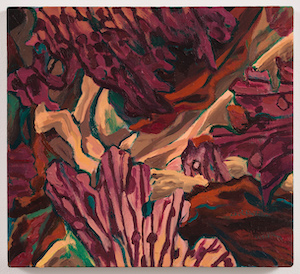
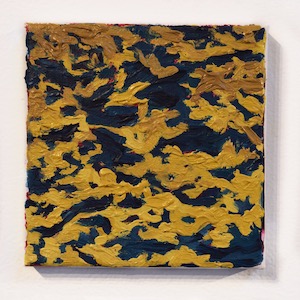
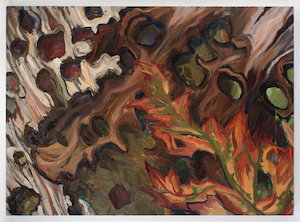
Robyn Miller
These vessels and screen-prints express my connection to the landscape. I make the vessels by weaving clay and soil with branches and long grasses in order to emphasize lines and patterns found in the natural world. Similarly, my screen-prints are images of sculptural forms made from woven, organic materials.
I am fascinated by how the contours of the landscape change as a result of glacial activity, weather, erosion, and human development. In this way, the landscape is like a body and the shifts and marks on the earth are signs of events that have taken place there. My vessels and other woven objects express this changing body by evoking the river, weather and the implied movement of line.
I feel at peace when I work in nature and coming to the landscape with a degree of focus is important when I work outside or in the studio with natural materials. I think of myself as having a conversation with the organic materials I use and I respond to their desires to bend and move in certain ways. In this way, the vessels and other woven forms represent my relationship to place.
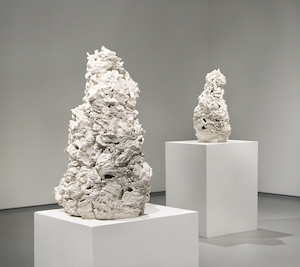
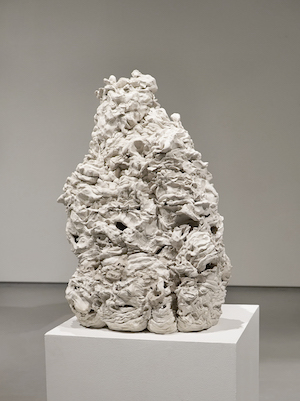
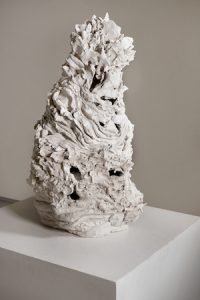
Ruth Nygard
Communications explores the gestures and facial expressions that we use in our daily interactions with one another. I became interested in human expression from working in recovery with people who suffer from addictions plus assisting clients with physical or cognitive challenges. Through these experiences I have observed the dramatic changes in people as they progress through recovery from a non-communicative negative space to becoming healthier and more expressive, as they start to communicate more through their gestures, expressions and bodies.
In order to capture candid gestures, I start by taking photographs of friends and acquaintances while they’re engaged in conversation. I further animate these gestures through painting by using a vibrant colour palette, linear cross hatching and often open, unfinished forms. This study of gesture, expression, and body form is of great interest to me, as our bodies are living, moving, expressive landscapes that can transform at any moment when our emotions change.
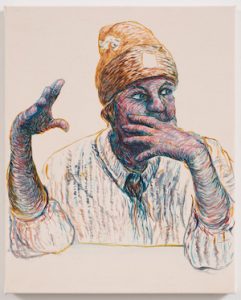
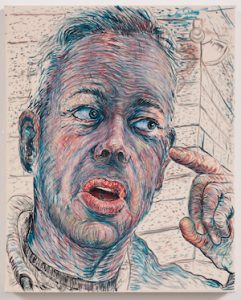
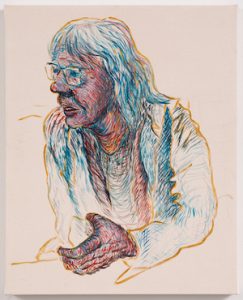
Sara Spencer
This work explores the relationship between two characters, the expecter and the traveller. The characters are represented by two screens installed partially facing one another in the exhibition space, showing two perspectives of the same arrival. The screen that represents the expecter is a video projection about the experience of waiting for someone to come home. The screen that represents the traveler is a curved light box with a still image, static but monolithic and imposing. The traveler and the expecter sit in the room quiet, detached and distant.
This work captures the heightened awareness experienced while waiting alone at night. For the video of the expecter I documented the interior of my apartment over many nights in order to capture moments of anticipation. This documentation included audio of my breath stopping when I’d hear noises outside, video of headlights tracing across the wall in the interior of my apartment and security lights turning off and on. For the still image of the traveller I photographed moments of the passing landscape illuminated by truck headlights.
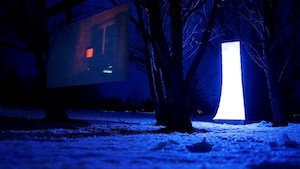
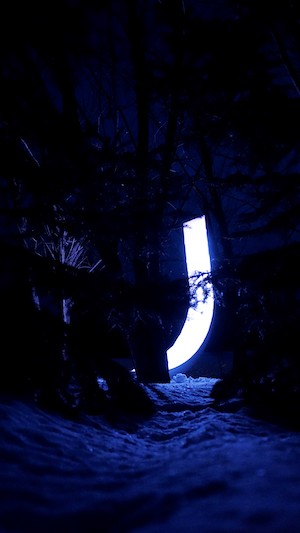
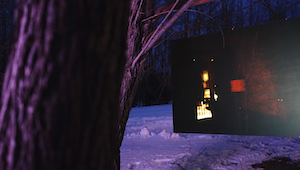
 Follow
Follow


